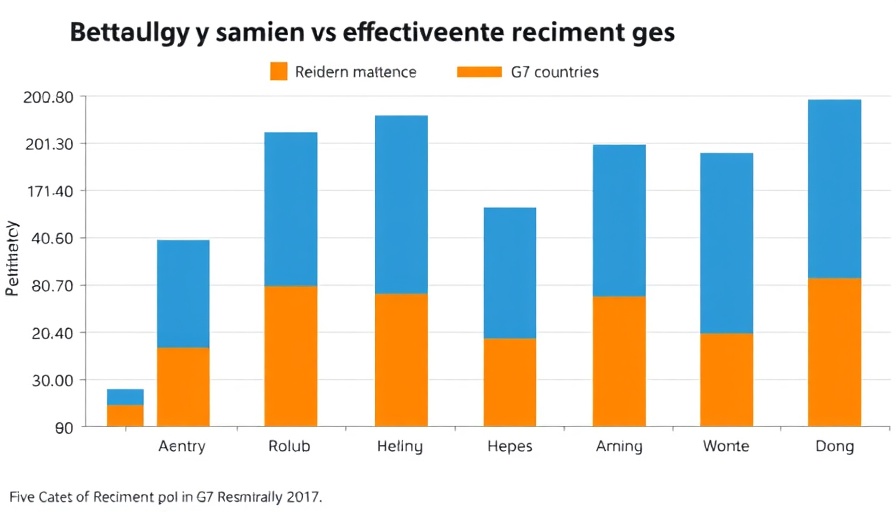
Inspiring Lessons from SHRM25 for CHROs
The SHRM25 event this year unveiled powerful narratives that can reshape leadership strategies across organizations. Each story surfaced distinct lessons that resonate particularly with CHROs, Chief People Officers, and operational leaders focused on fostering employee performance and a high-performance culture.
1. The Power of Personal Connections in the Workplace
One standout story emphasized the crucial role of building personal relationships within teams. As organizations transition to more hybrid working models, leaders are urged to cultivate environments where employees feel valued as individuals. This move not only drives engagement but also bolsters employee retention strategies that are essential in today’s competitive talent landscape.
2. Lessons on Conflict Resolution
Equally significant was the tale of a company that navigated a potential lawsuit by implementing clear and compassionate communication. This episode highlighted how a people-first leadership approach and effective HR metrics can turn conflicts into opportunities for growth. Such strategies offer actionable insights into workforce optimization, ultimately leading to an empowered and productive team.
3. Embracing Change as a Path to Innovation
One leader's story about overcoming resistance to change demonstrated the importance of aligning team goals with broader organizational growth. Succession planning isn’t merely about training successors; it’s about creating a culture where every employee feels invested in the success of the company.
4. Creating a High-Performance Culture
Finally, the discussions around developing a high-performance culture underscored that true engagement comes from addressing employee needs holistically. Leaders are called to create environments that prioritize not just performance but also employee well-being. This balance is key in refining leadership development and ensuring sustainable success.
By infusing these insights from the SHRM25 stories into daily practices, CHROs can enhance workforce strategies that are supportive, inclusive, and performance-driven. These narratives not only serve as cautionary tales but also as blueprints for crafting responsive and resilient organizational cultures.
 Add Row
Add Row  Add
Add 




Write A Comment